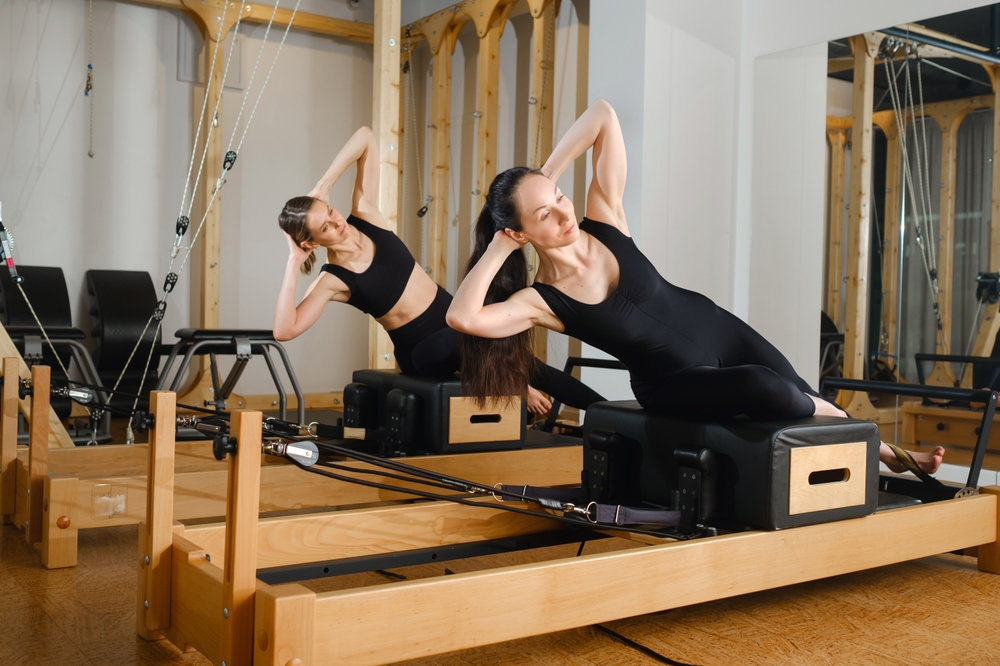Laser Fat Removal Options for Residents of Israel
Residents of Israel seeking to reduce belly fat may find laser fat removal to be a viable alternative to traditional surgical methods. This non-invasive treatment utilizes advanced technology to target and eliminate fat cells without the need for extensive recovery time. It is essential to understand how the procedure functions and the typical outcomes experienced by individuals who have undergone treatment.

Laser body-contouring treatments have become more accessible in Israel, with clinics in major cities and regional centers offering both non-invasive and minimally invasive options. These procedures aim to reduce small, stubborn fat pockets that persist despite a balanced diet and regular activity. Because results and recovery can vary by technology and technique, understanding the basics helps set realistic expectations and supports informed discussions with licensed practitioners.
Understanding Laser Fat Removal and Its Mechanism
Laser fat reduction falls into two broad categories. Non-invasive laser lipolysis uses external applicators that heat fat cells beneath the skin without incisions. The energy is calibrated to warm adipose tissue to a range that triggers natural cell breakdown over time, while built-in cooling helps protect skin. Over several weeks, the body’s lymphatic system processes the disrupted fat cells and gradually reduces the treated layer.
A second approach, laser-assisted liposuction, is minimally invasive. It involves small incisions, tumescent anesthesia, and a laser fiber inserted under the skin to liquefy fat before gentle suction. This can address slightly larger volumes than non-invasive methods and may offer some skin-tightening effect due to heat-induced collagen remodeling. However, it typically requires more downtime and carries the risks associated with minor surgical procedures.
In Israel, providers offering these services are expected to operate under national healthcare regulations. Reputable clinics employ licensed physicians who assess medical history, treatment goals, and skin quality before recommending a method. It is important to remember these treatments are not weight-loss solutions; they are designed for localized contouring when body weight is relatively stable.
Typical Results and Experiences from Laser Treatment
Experiences vary with treatment type, body area, and individual response. With non-invasive laser lipolysis, sessions usually last under an hour per area, and most people can resume normal activities the same day. Sensations can include intermittent warmth, pressure, or tingling. Visible changes often emerge gradually across 6–12 weeks as the body clears disrupted fat cells. Reported outcomes commonly include modest circumference reductions in the treated zone, which may be more noticeable when combined with consistent nutrition and physical activity.
Laser-assisted liposuction generally yields a more immediate contour change because fat is physically removed during the procedure. Expect bruising, swelling, and temporary soreness; compression garments are often recommended. Many patients return to desk work within a few days, while more strenuous activity may be delayed according to medical advice. Small scars from entry points typically fade over time. As with any procedure, results depend on technique, anatomy, and adherence to aftercare.
Satisfaction often correlates with realistic goals: targeting specific bulges rather than expecting large-volume reductions. Multiple non-invasive sessions may be suggested for broader coverage or to refine outcomes. Long-term maintenance relies on lifestyle; remaining fat cells can still enlarge with significant weight gain.
Factors to Consider Before Opting for Laser Fat Removal
- Medical suitability: A consultation should screen for conditions affecting healing, circulation, or skin integrity, as well as medications that may increase bruising or sensitivity to heat. Providers often recommend candidates be close to their desired weight with a stable lifestyle.
- Skin quality and laxity: Where skin laxity is significant, a provider might suggest complementary approaches or explain limits of improvement. Some laser-assisted techniques can modestly tighten skin, but expectations should be conservative.
- Practitioner expertise: Seek clinicians with training in laser physics, safety parameters, and body-contouring techniques. In Israel, look for licensed specialists working in clinics that prioritize safety protocols and device maintenance.
- Treatment planning: Clarify how many sessions are likely, the spacing between them, expected downtime, and the geographic convenience of follow-up in your area. Confirm whether aftercare includes compression garments, massage, or activity adjustments.
- Safety and side effects: Common, temporary effects include redness, warmth, swelling, or tenderness. Less common risks—such as burns, contour irregularities, or nerve irritation—are mitigated by correct settings and proper candidacy.
- Lifestyle alignment: Diet, hydration, sleep, and activity can influence how visible your results become. Consistency after treatment helps preserve contour changes.
Comparing Non-Invasive and Minimally Invasive Approaches
When deciding between external laser lipolysis and laser-assisted liposuction, think about your tolerance for downtime, the scale of contouring needed, and your personal risk profile. Non-invasive methods suit people seeking gradual refinement with minimal interruption to daily life. Laser-assisted liposuction may be preferred for larger pockets or when a more immediate change is desired, recognizing the trade-off of recovery and procedural risks. In both cases, photo documentation, measured assessments, and a clear treatment plan help track progress.
What to Expect During Consultations in Israel
Initial consultations typically cover medical history, examination of target areas, and discussion of achievable contours. Many clinics in Israel provide multilingual support and structured consent processes. You can expect a review of device type, energy settings in general terms, session length, and aftercare. Some providers use body measurements or imaging to guide planning. It is appropriate to ask about practitioner experience, how emergencies are handled, and how the clinic ensures device calibration and hygiene. For those seeking local services, consider travel time for follow-ups and availability of appointments that fit your schedule.
This article is for informational purposes only and should not be considered medical advice. Please consult a qualified healthcare professional for personalized guidance and treatment.
In summary, laser-based body contouring in Israel ranges from non-invasive heat-based reduction to minimally invasive, laser-assisted fat removal. Both aim to refine specific areas rather than reduce overall weight. With a thorough consultation, realistic goals, and attention to aftercare, many people achieve visible, low- to moderate-level improvements that complement a stable lifestyle.




